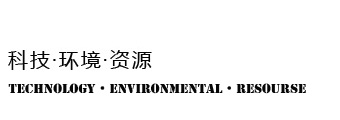How E-Waste Recycling Works In The World
E-waste recycling is composed of waste by electronics goods that are not fit for their originally intended use. Such electronics products may be CRT’s LCD’s, telephones, radios, CPU’s, printers, fax machines, DVDs and CDs etc. Electronic products such as CPU’s and cell phones contain a lot of different toxins. Today the electronic waste recycling business is in all areas of the expanding globe. It has become a very large and rapidly growing business. For example, Cathode Ray Tubes (CRTs) carry loaded metals such as Lead, Barium and Cadmium, which can damage human nervous and respiratory system if they enter the water system.
E-waste recycling is a popular, informal name for electronic products nearing the end of their “useful life.” CPU’s, CRT’s LCD’s, VCRs, stereos, copiers, and fax machines are common electronic products. Many of these products can be reused, redeveloped, or recycled. However, there exist huge variations in the nature of electronic wastes linked sectors, and treatment suitable for one cannot be readily transferred to another.
E waste is not always unchallenging and suitable to recycle. Electronic waste of platinum, palladium, gold and silver content is more than the ore, Compared with the ore, simple processing, recovery cost is low.For example the waste mobile phones, We can extract the gold per ton of waste mobile phones is 50 times of gold in ore.In addition to this, one ton of circuit board can be isolated from about 130 kg copper, 20 kg tin, 0.45 kg gold. Every 100 grams e-waste contains an average of 14 grams copper, 0.19 g silver, 0.03 grams palladium, 0.03 grams gold and 0.01 g platinum (depending on the PCB board, the content of various metal have differences).







Leave a Comment